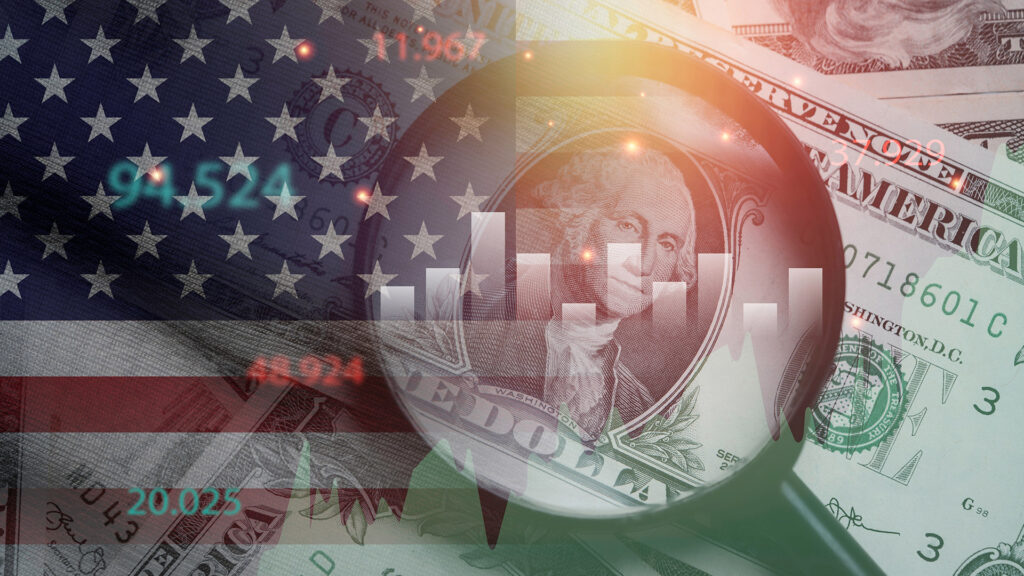How the New Repayment Plans Will Make Loan Repayment More Expensive
The changes to the student loan repayment system will make loan repayment more expensive for borrowers, especially low-income and middle-income borrowers. One of the consumer protections provided to federal student borrowers is income-driven repayment (IDR) plans, which base a borrower’s monthly payment on their income and family size. Existing IDR plans are Income-Contingent Repayment (ICR), Income-Based Repayment (IBR), Pay As You Earn (PAYE), and the enjoined Saving on a Valuable Education (SAVE) plan, which was the most affordable repayment plan.
OBBBA sunsets ICR, PAYE and SAVE for all borrowers after July 1, 2026, and limits options to IBR and the Repayment Assistance Plan (RAP), created by OBBBA, for borrowers moving forward. Existing borrowers who do not take out a new loan after July 1, 2026, will have access to the original IBR plan for loans taken out before July 1, 2014, the new IBR for loans taken out between July 1, 2014, and July 1, 2026, or RAP. Existing borrowers enrolled in ICR, PAYE, or SAVE will have until June 30, 2028, to switch to IBR or RAP. If borrowers do not voluntarily switch by that date, they will automatically be placed in RAP or IBR. Borrowers with new loans after July 1, 2026, will only have access to RAP.
Payments under the RAP plan will be much higher than payments under the SAVE plan. An analysis of the RAP plan by The Institute for College Access and Success (TICAS) found a family of four with two dependent children and an adjusted gross income (AGI) of $81,000 would have a only a $36 payment the SAVE plan but would balloon to $440 payment under RAP.
This report outlines the changes to the repayment system after July 1, 2026, that would make loan repayment considerably more unaffordable for borrowers. Here are just some examples:
- For new borrowers or existing borrowers who take out new loans, OBBBA eliminates access to plans that protect 150% or 225% of the federal poverty line for a borrower’s family size from repayment. For example, a borrower in a family of three making $59,963 or less would have had a $0 payment on the SAVE plan — that income is protected because it is considered necessary to live. The new RAP does not protect any income for families.
- For existing borrowers, it eliminates SAVE and REPAY, which are more affordable than IBR for most borrowers.
- Extends the repayment time period from 20 or 25 years to 30 years for borrowers who only have access to RAP.
- Ends $0 payments for the lowest-income borrowers who take out new loans and makes the minimum payment $10 even for borrowers with $0 in income. In August 2024, 14%, or 4.5 million borrowers, had $0 payment on an IDR plan.
- Increases the minimum payment for defaulted loan rehabilitation from $5 to $10
- Designs RAP without an inflation adjustment, which causes higher payments over time. Whereas IDR plans have an automatic inflation adjustment because the protected income is pegged to a percentage of the federal poverty level, which is adjusted for inflation annually.
In short, the RAP plan is more expensive than other IDR plans and significantly more expensive than SAVE and will likely increasing delinquency and default. While this will affect all borrowers, it will harm low-income borrowers and students of color the most. For more details, download the report.
Photo by Allison Shelley/Complete College Photo Library







 September 15, 2025 by
September 15, 2025 by 